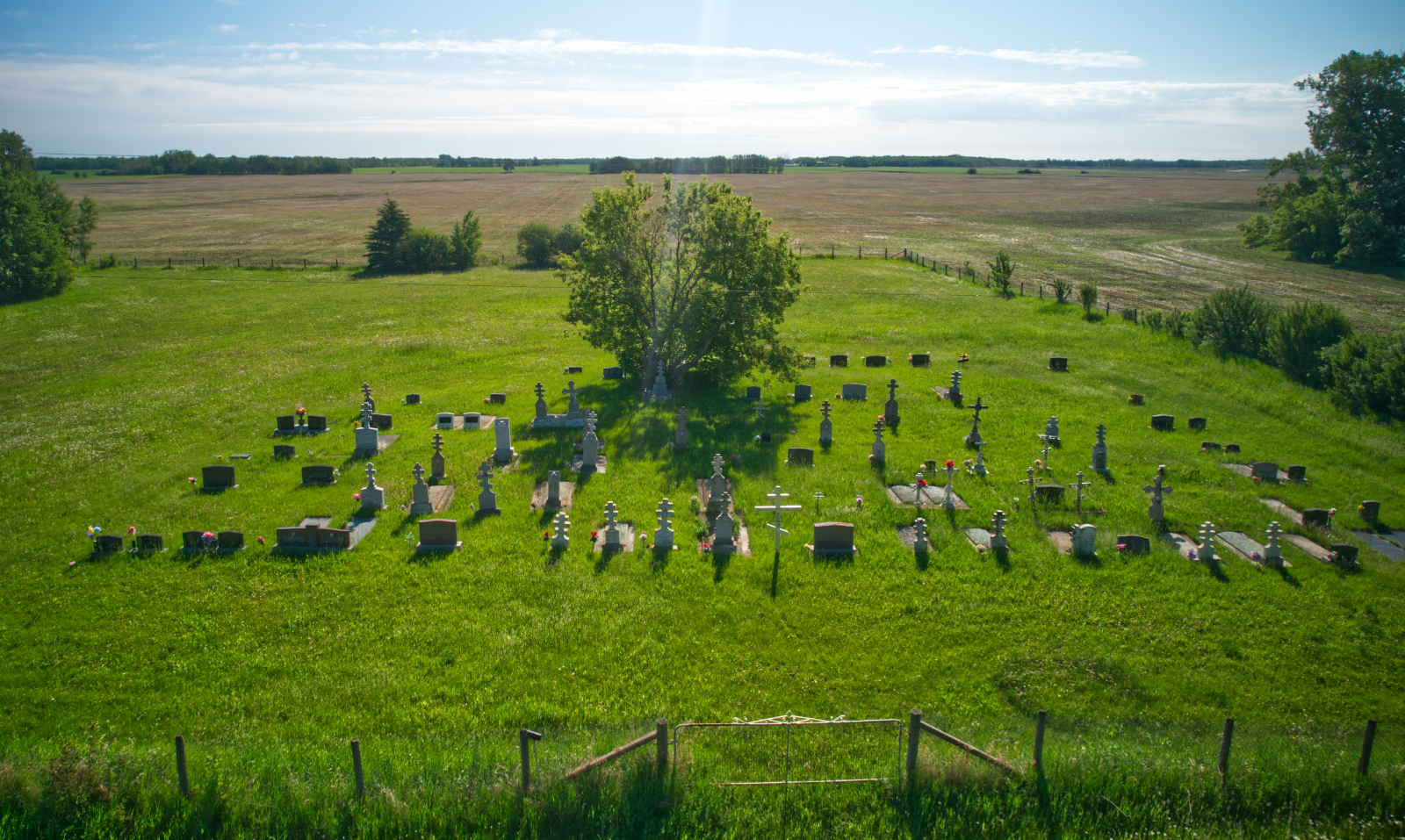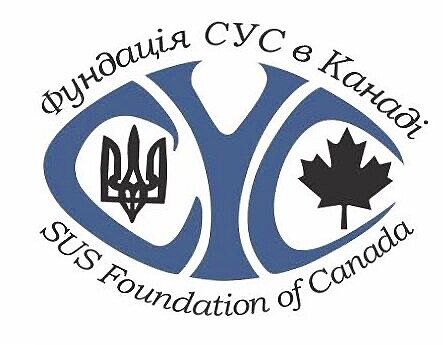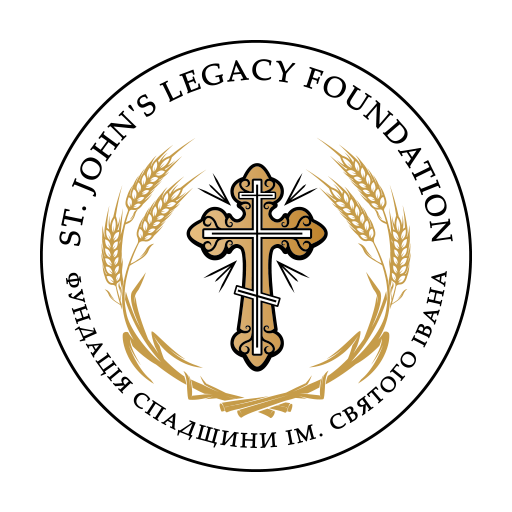From about 1899 to 1903, the area of the Peno settlement was populated by immigrating newcomers from the Halychyna (Galicia) area of Western Ukraine. This area had been part of the Austro-Hungarian Empire before World War I, and it was known as Galicia. Within that empire, it was called the Kingdom of Galicia and Ludomeria until World War I. It was, therefore, in the general political orbit of Poland. That those who settled in Peno came from Halychyna is something that they had in common with the founders of several other parishes in this region.
The parish was founded in 1904, and then for some time, people gathered as they were able in order to pray and worship together. A more formal establishment occurred in about 1909 (because it took a long time for homesteaders to be allowed formally to register ownership of properties), after which the Temple was constructed. Under the direction of a local carpenter, Mr. Korpan, parish volunteers assisted in the work of construction.
This Temple is one of the earliest examples of an open-dome cruciform construction in the settlement area. Oriented (as is usual for any Orthodox Temple) on the east-west axis, the Temple is designed on a central longitudinal cruciform plan following “Byzantine” customs. There is a single large central dome on an octagonal base. In addition, the Temple has a cross-gable roof. The church site is surrounded by flat arable land, with second or third generation trees.
In 1918, Philip Pawliuk constructed the 3-tiered iconostas and other interior furnishings. At the same time, Peter Lipinski painted the walls, ceilings and icons in the Church. The dome was originally painted sky blue and adorned with angels and stars. The dome and stars have since been repainted, but the angels have not been altered.
One can say that this Temple of the Archangel Michael in Peno is one of Peter Lipinski's earlier works. There is a variety of styles and materials in his icon paintings. One can see a variety of colours ranging from his darkish-brown (the Apostles) wall icons to the brightly-coloured icons on the iconostas. For the 3-tiered iconostas, Peter Lipinski painted the icons on the top-tier and the Royal Doors. The remaining icons found on the iconostas are reproduction lithographs.
An open bell-house built from split fieldstone stands in front of the Temple.
As is the case with many other rural communities, the region around Peno became steadily depopulated after the 1940s. Farms were consolidated in the formation of agricultural businesses, and people generally moved into urban environments.
The Saint Michael Orthodox Cemetery of Peno is located less than a kilometre south from the Temple, south of Township Road #572, on the east side of Peno Road, which is Range Road #190.
Go HERE for more information and history of this parish.

Play Memory Eternal Chants
Visit this Cemetery
GPS Co-ordinates: 53.922314, -112.677791
Cemetery Co-ordinates: 53.916659, -112.678061
Affiliation: Orthodox Church in America





